JER is a wallpaper which pattern was designed during the roaring twenties by Art Déco superstar Jacques Emile Ruhlmann, originally for a rug and wall decors.
Product sold by 10m roll.
JER is a wallpaper which pattern was designed during the roaring twenties by Art Déco superstar Jacques Emile Ruhlmann, originally for a rug and wall decors. La Chance re edited this elegant and ultra-modern pattern and developed it in contemporary colors as well as in a classic black&white. The ‘combs’ create a graphic and hypnotic pattern.
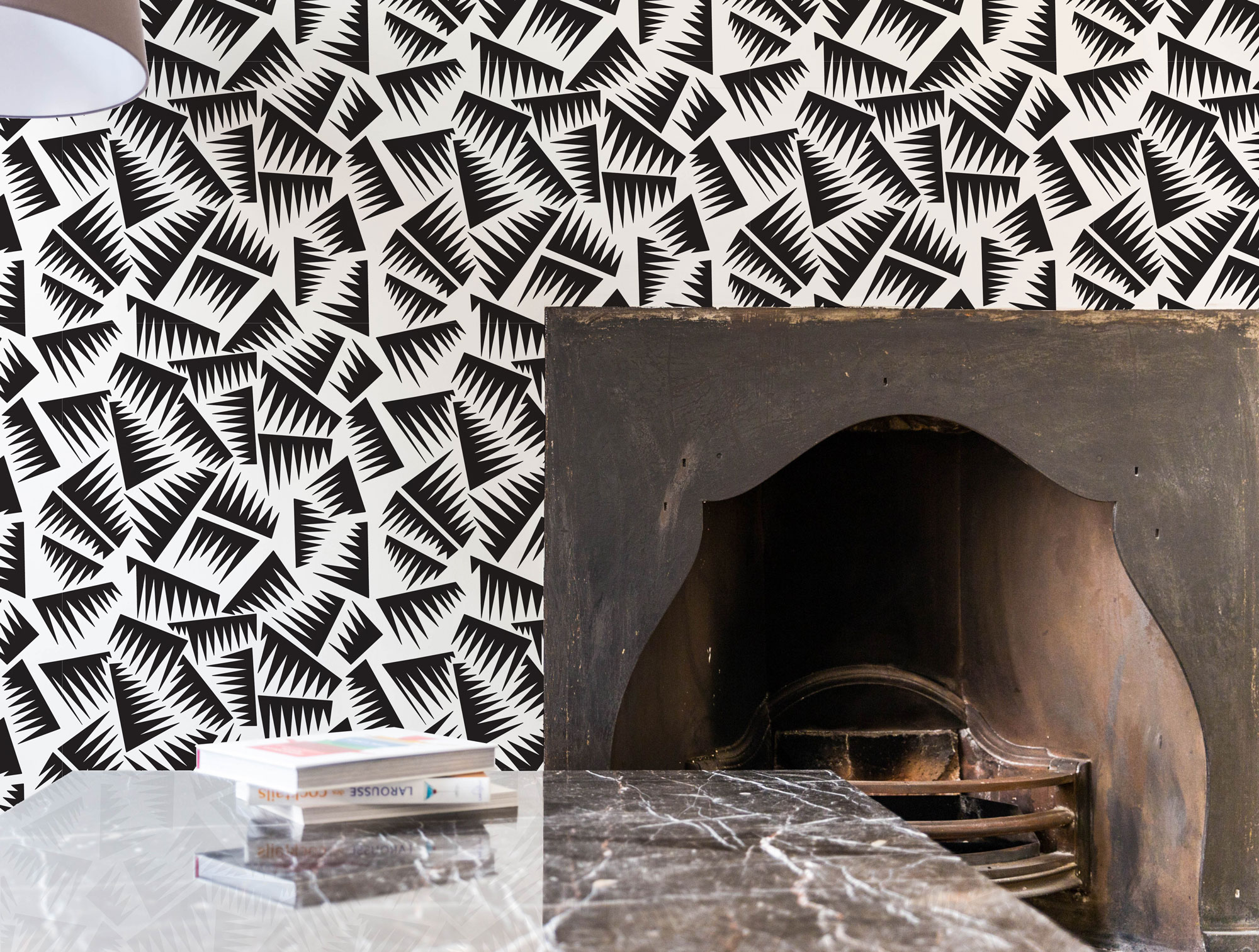
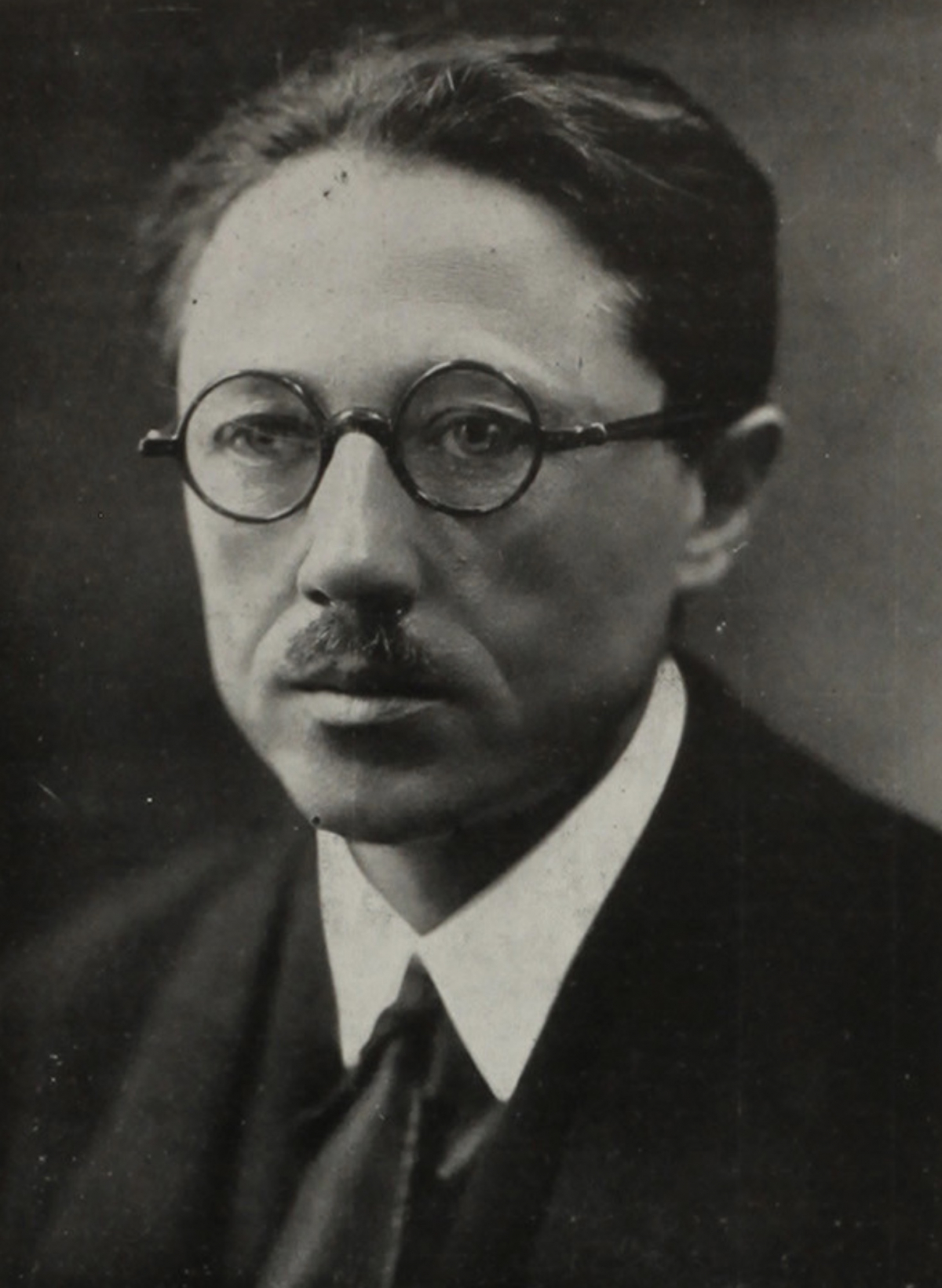
Jacques Emile Rulhmann (1879 – 1933) was a major figure of the Art Déco movement.
He was both designer and decorator and he designed luxury interiors and furniture for his prestigious clients.
He created a revolutionary style but relied on the most traditional technics and noble materials. His pieces are still astonishingly modern, functional and elegant.
Jacques-Emile Ruhlmann’s artworks and patterns for wallpapers.
1920s, Paris.
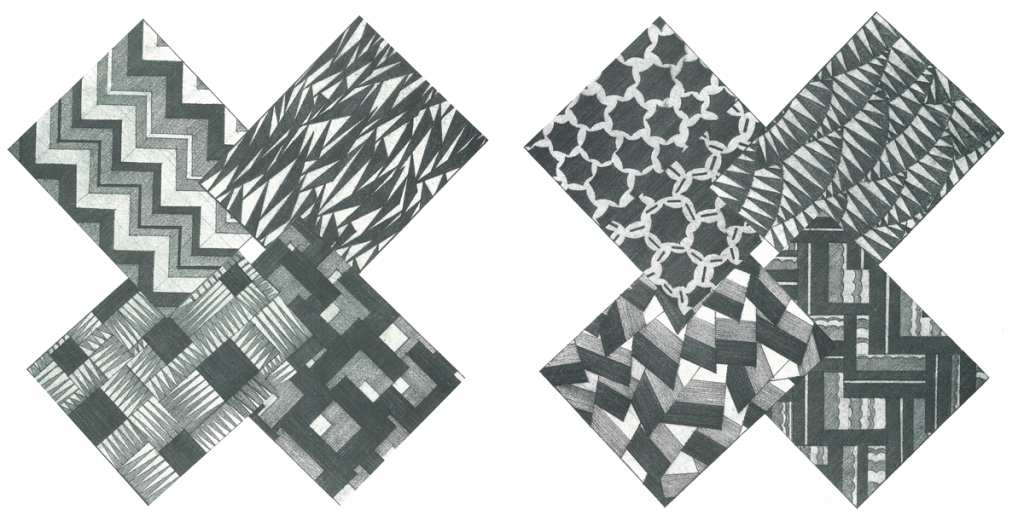


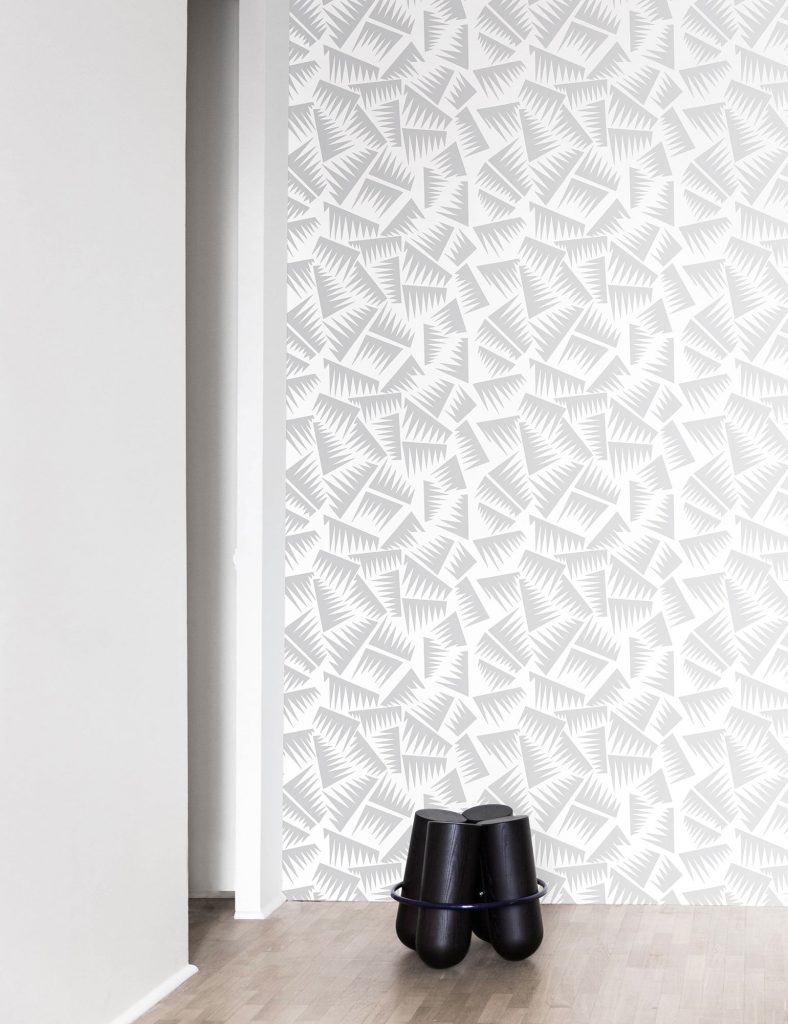
Every design is applied on an easy to hang thick non woven paper.
Find more informations about it on our “Materials” page.
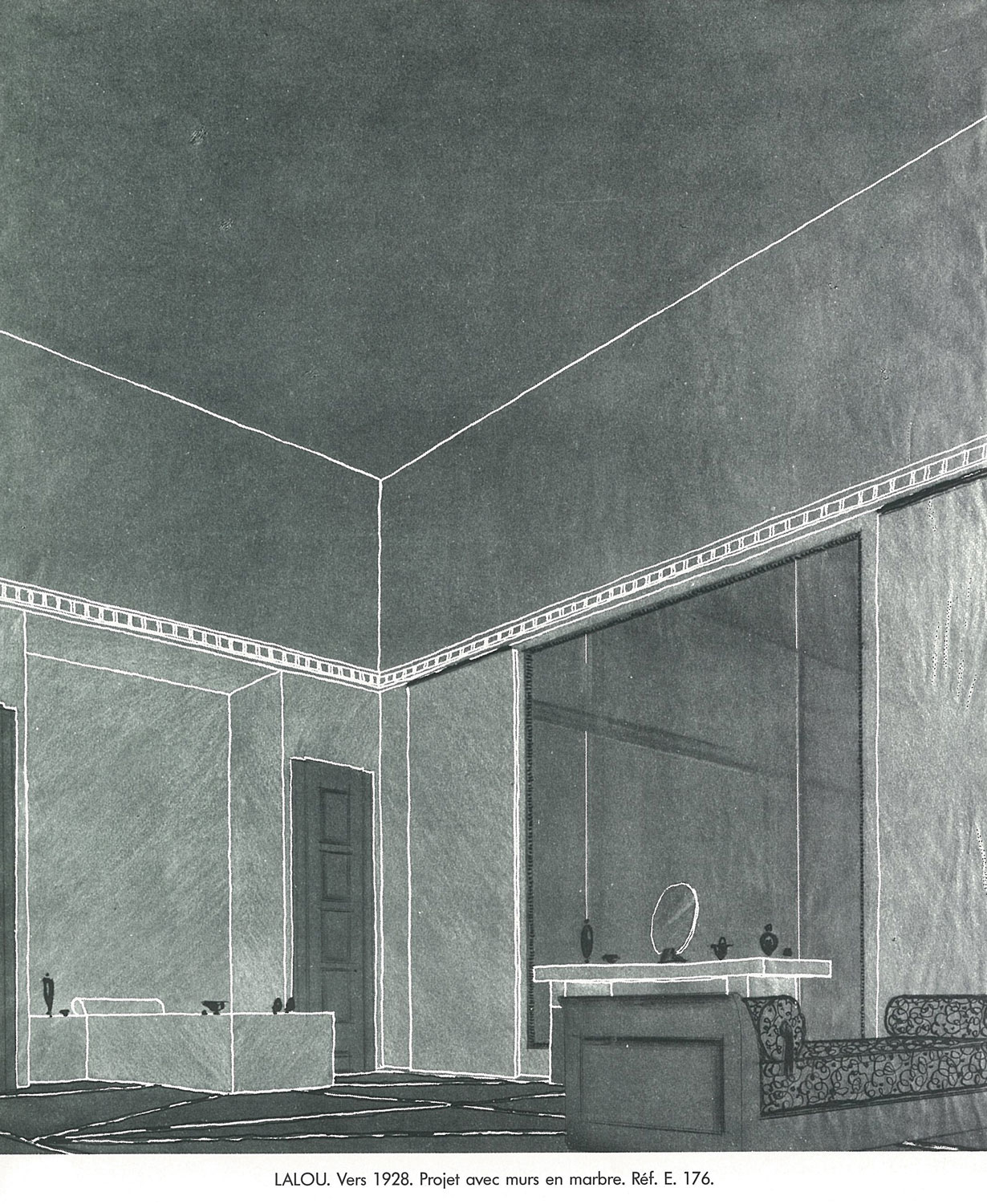
From the beginning of the 1910s until World War II, Art Deco movement spread in the artistic world. Architecture, furniture, famous craftsmans such as the silversmith Puiforcat and jeweller Cartier, every art field embrace these new rigorous and rich codes. Taking over from the exhuberant Art Nouveau style, Art Deco comes back to pure shapes, resulting in a geometric and decorative style. The movement is partly linked to De Stijl movement and Bauhaus - contemporary of Art deco - but clearly stands out from them by the materials it uses (still traditional, less industrial) and its more ornamental than conceptual approach. The movement is also more elitist, given the materials used and the constant ambition for excellence, whereas Bauhaus - from whom many features can be found in the International Style after World War II - lays on standardisation and industrial techniques.
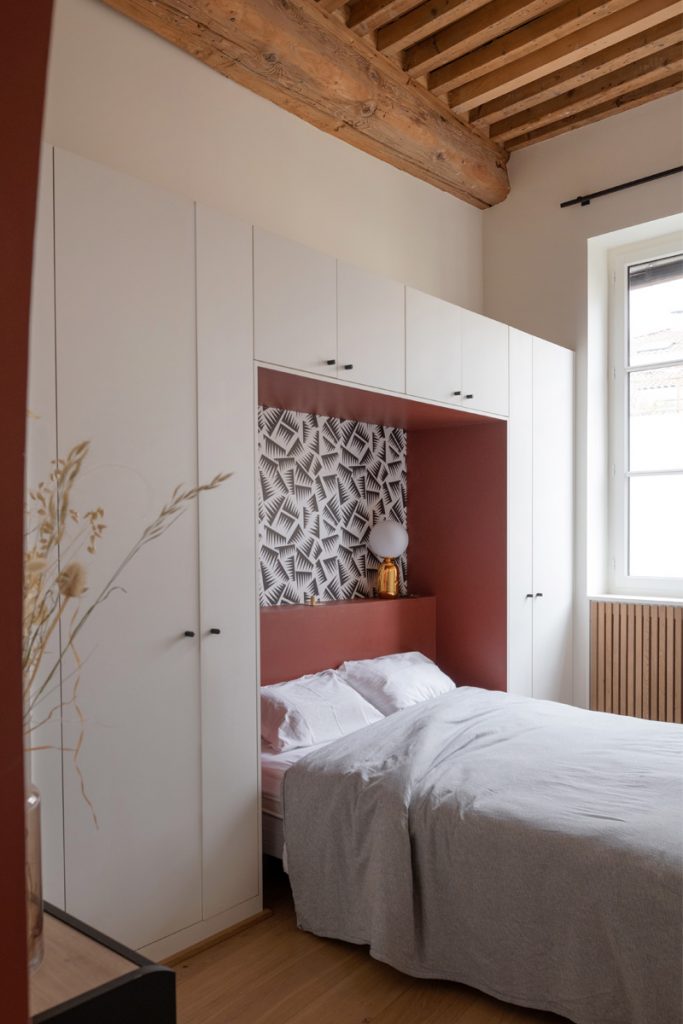
Projet Joseph, Constance Berthier, Paris
Photo credits : Sabine Serrad
By browsing this website, you accept the use of cookies for the purpose of producing visit statistics.
I agree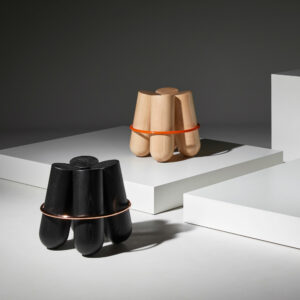
We also speak English
Because it looks like you are not in France, discover our website in English:
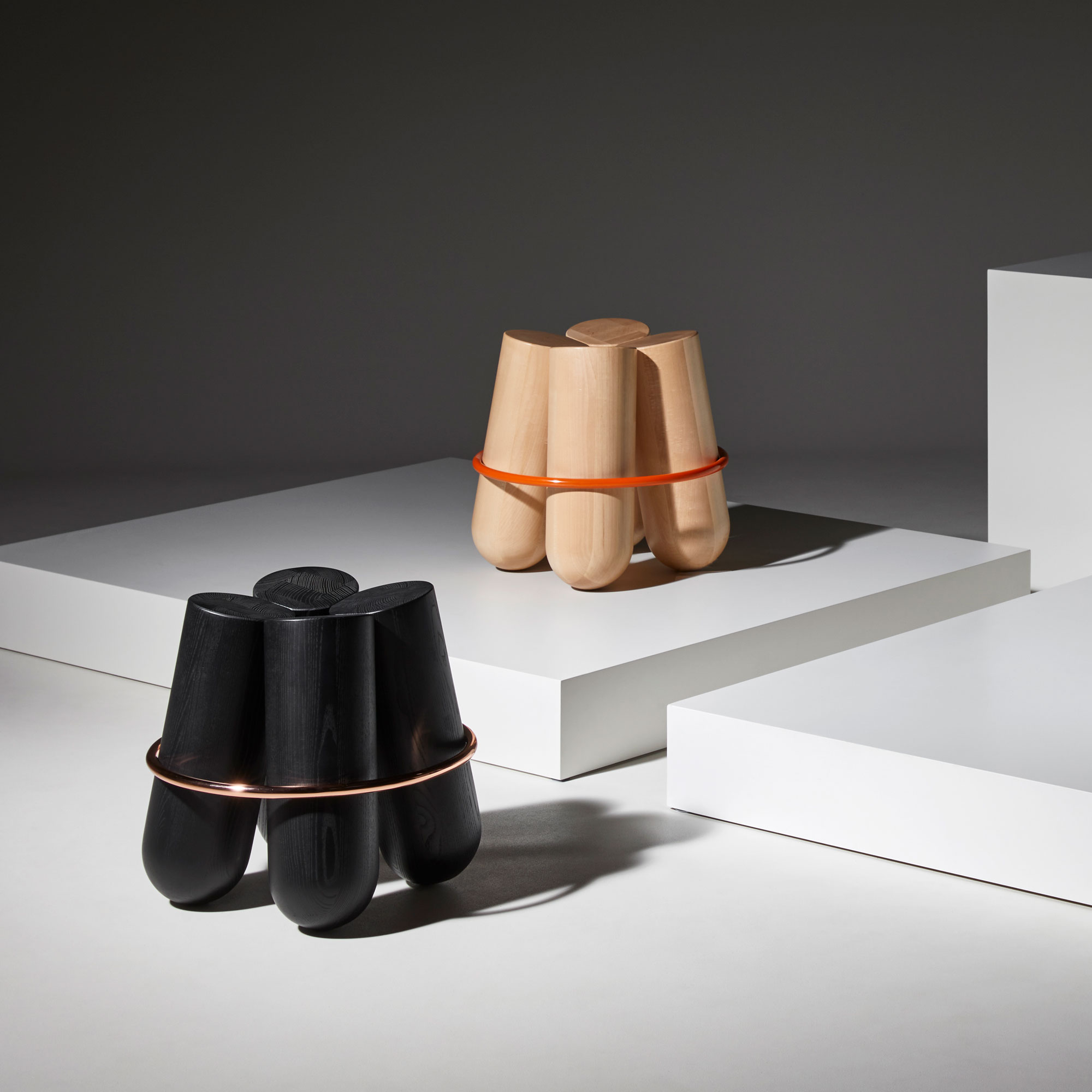
Tell us about yourself to download the document.